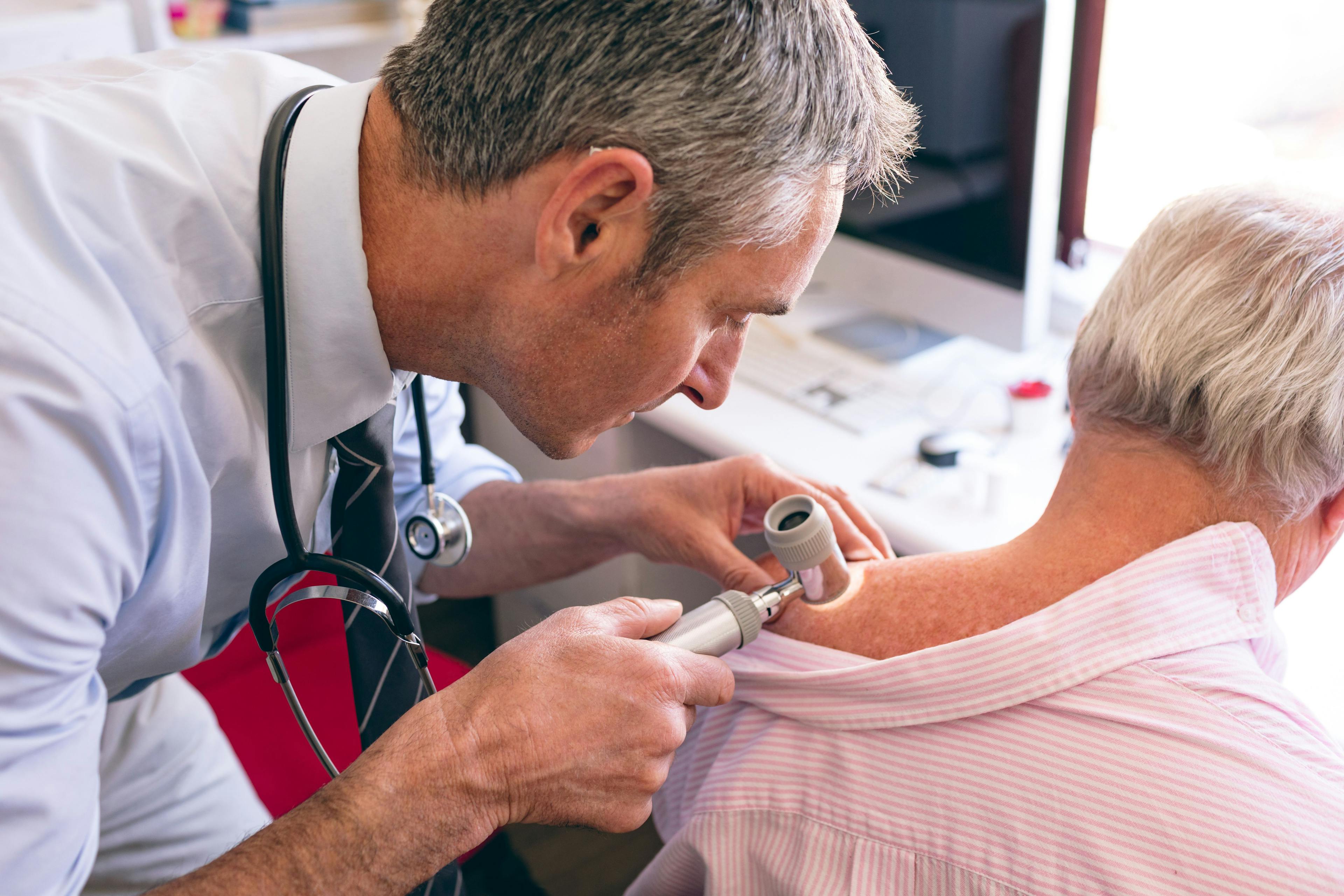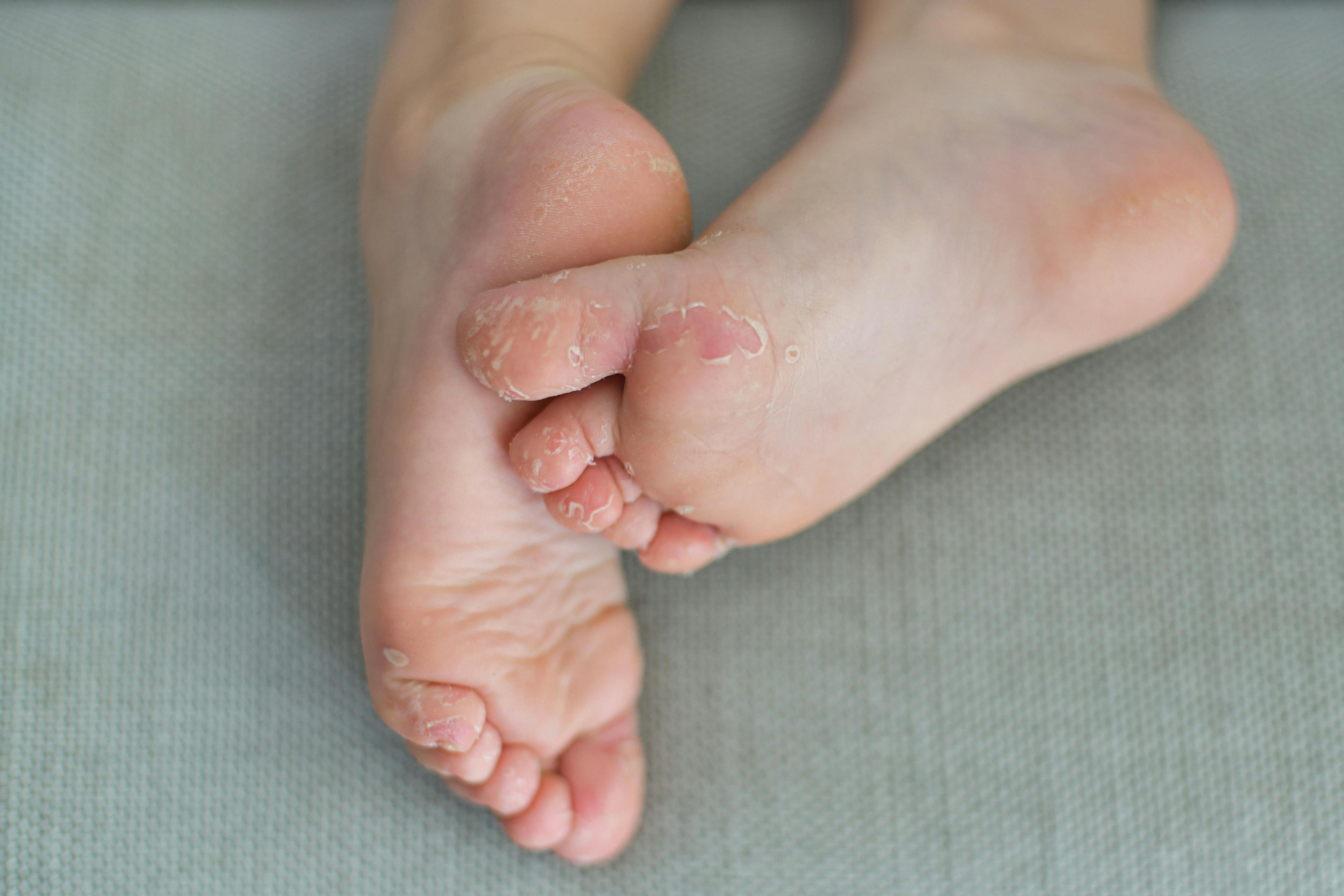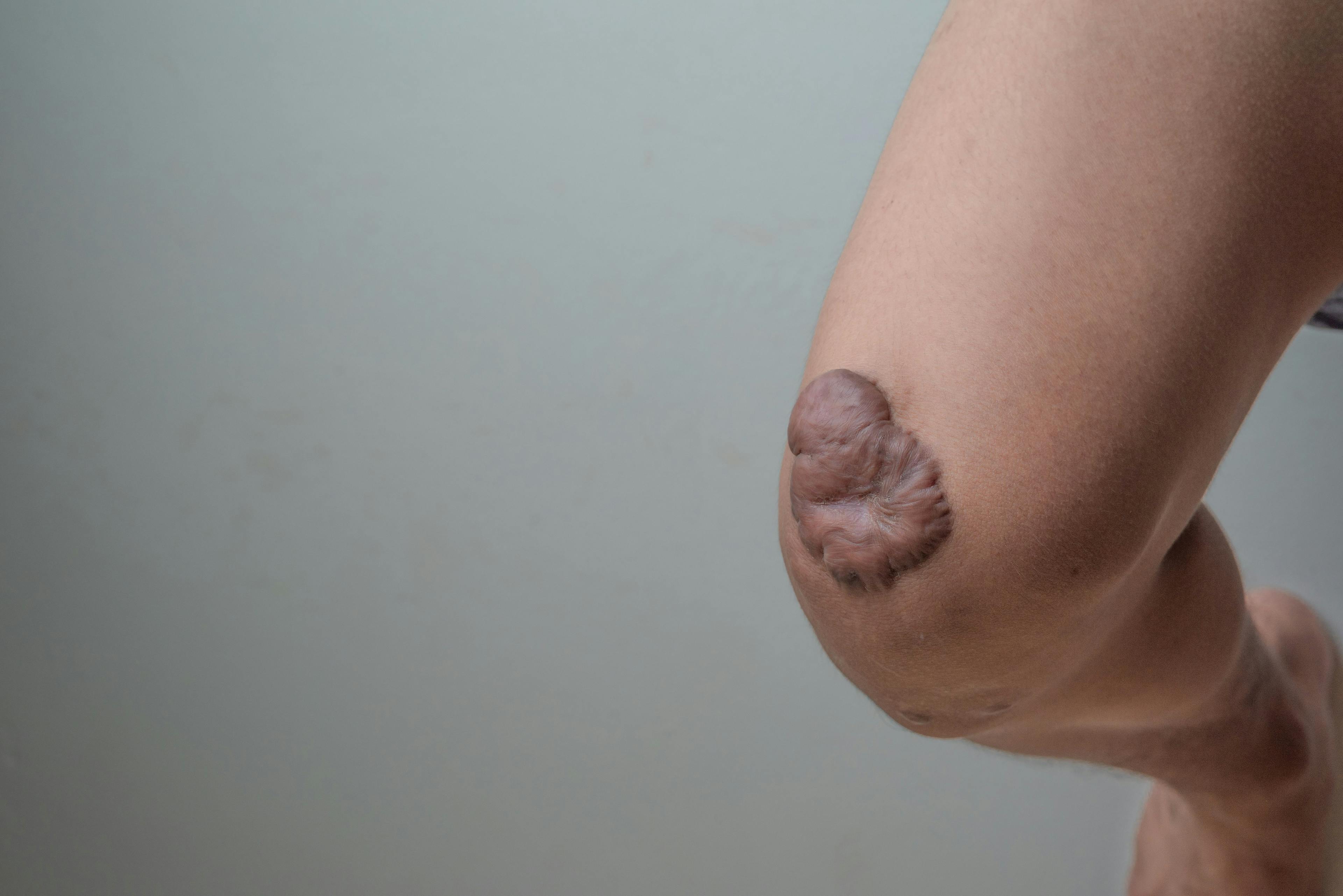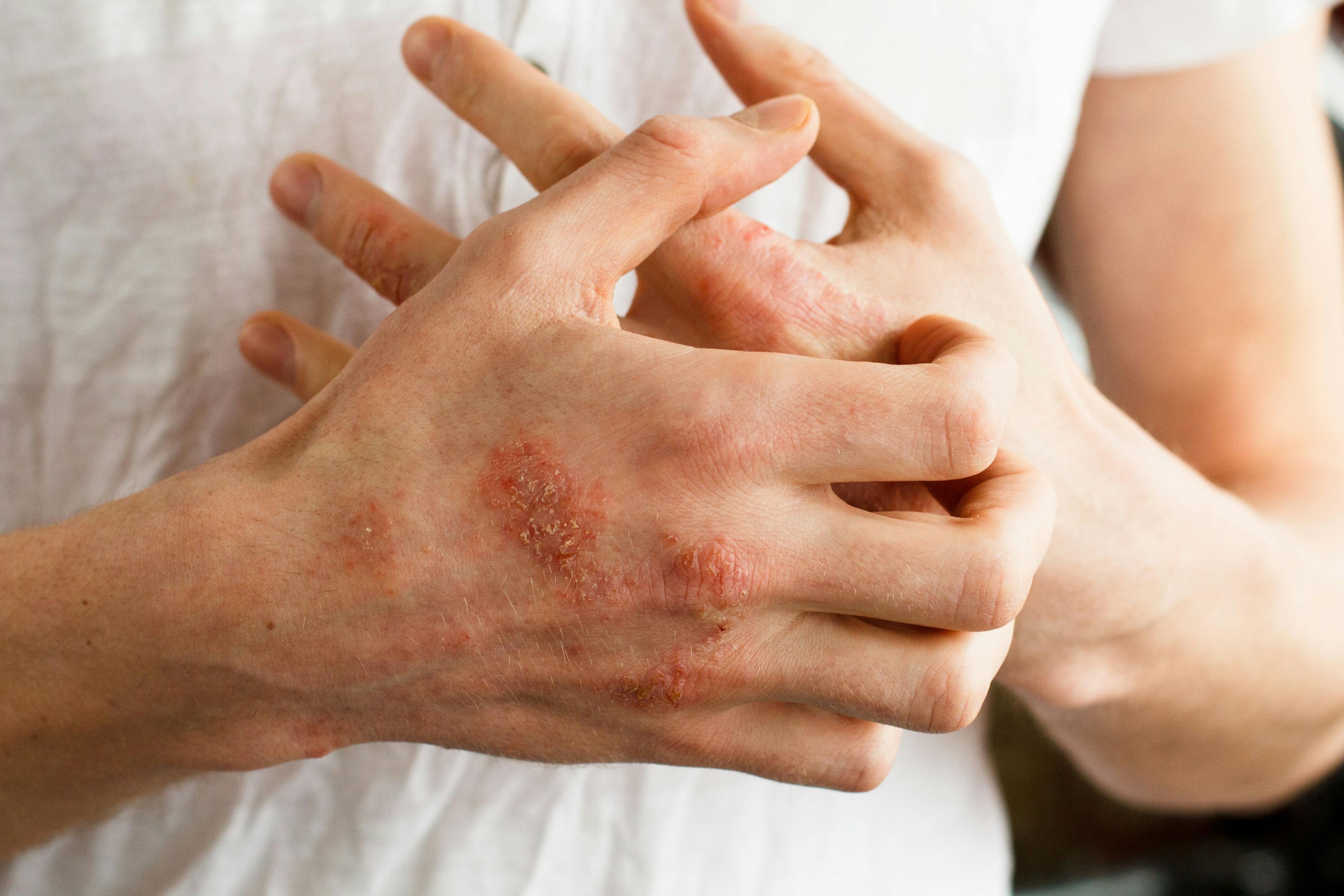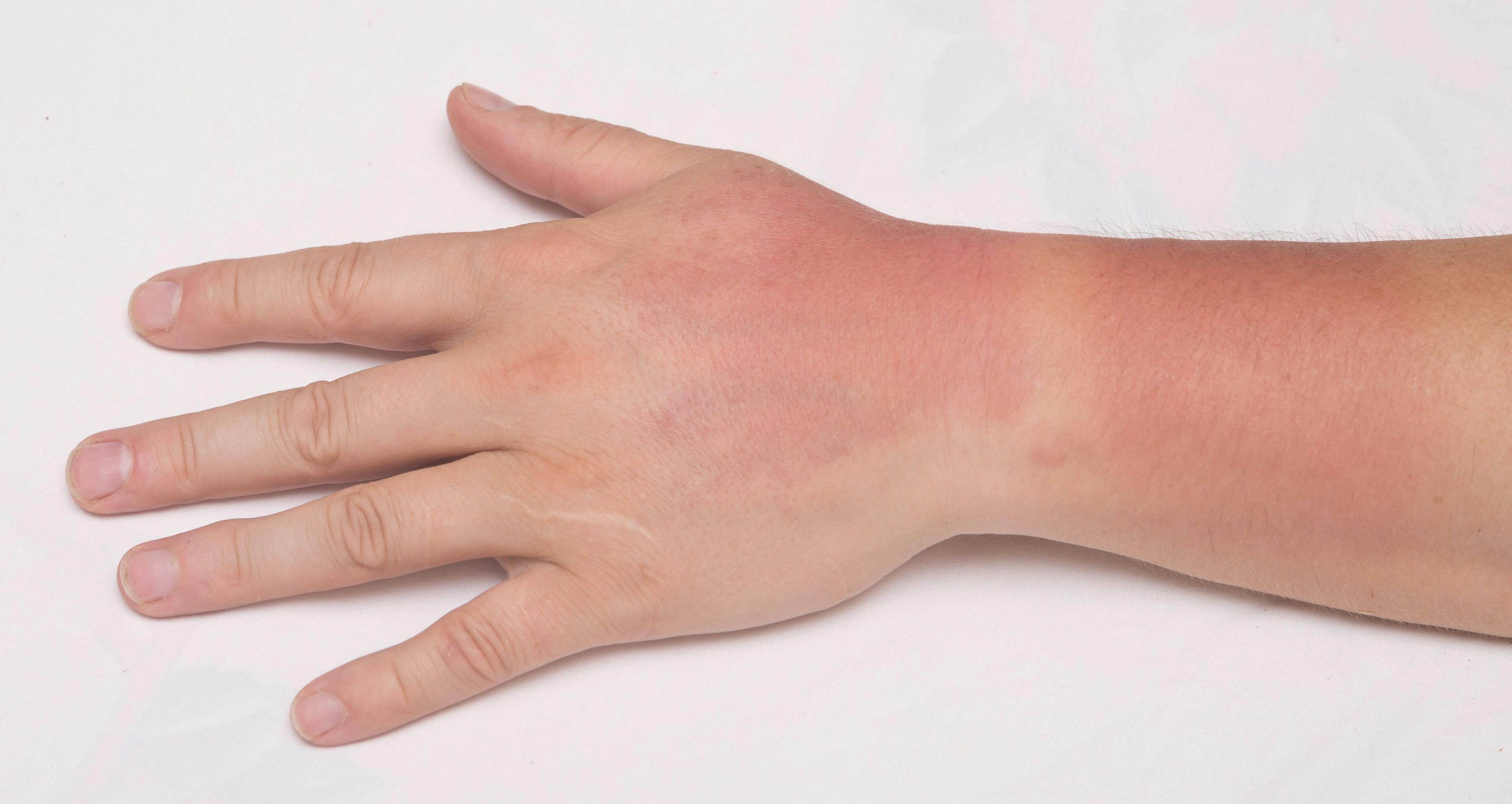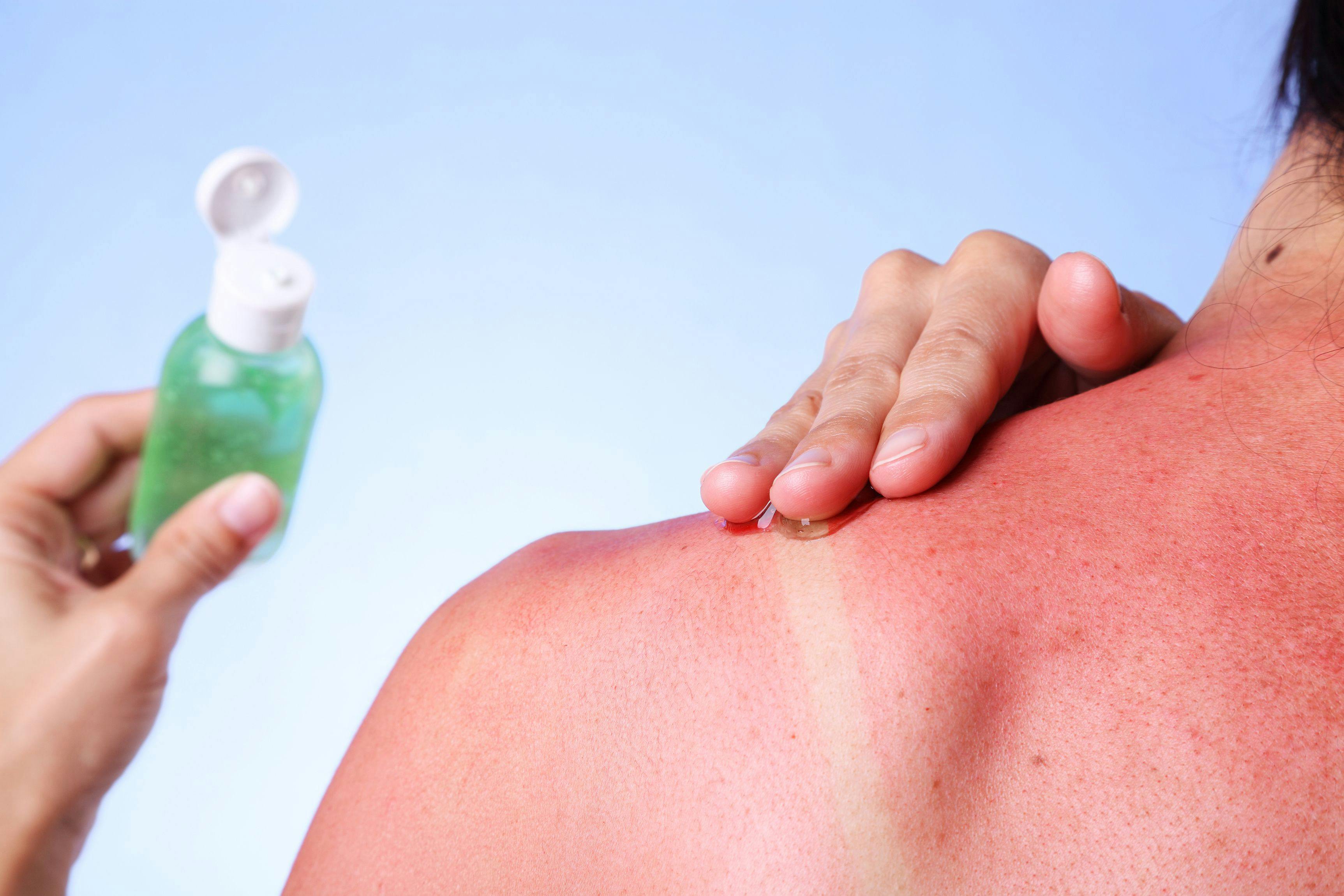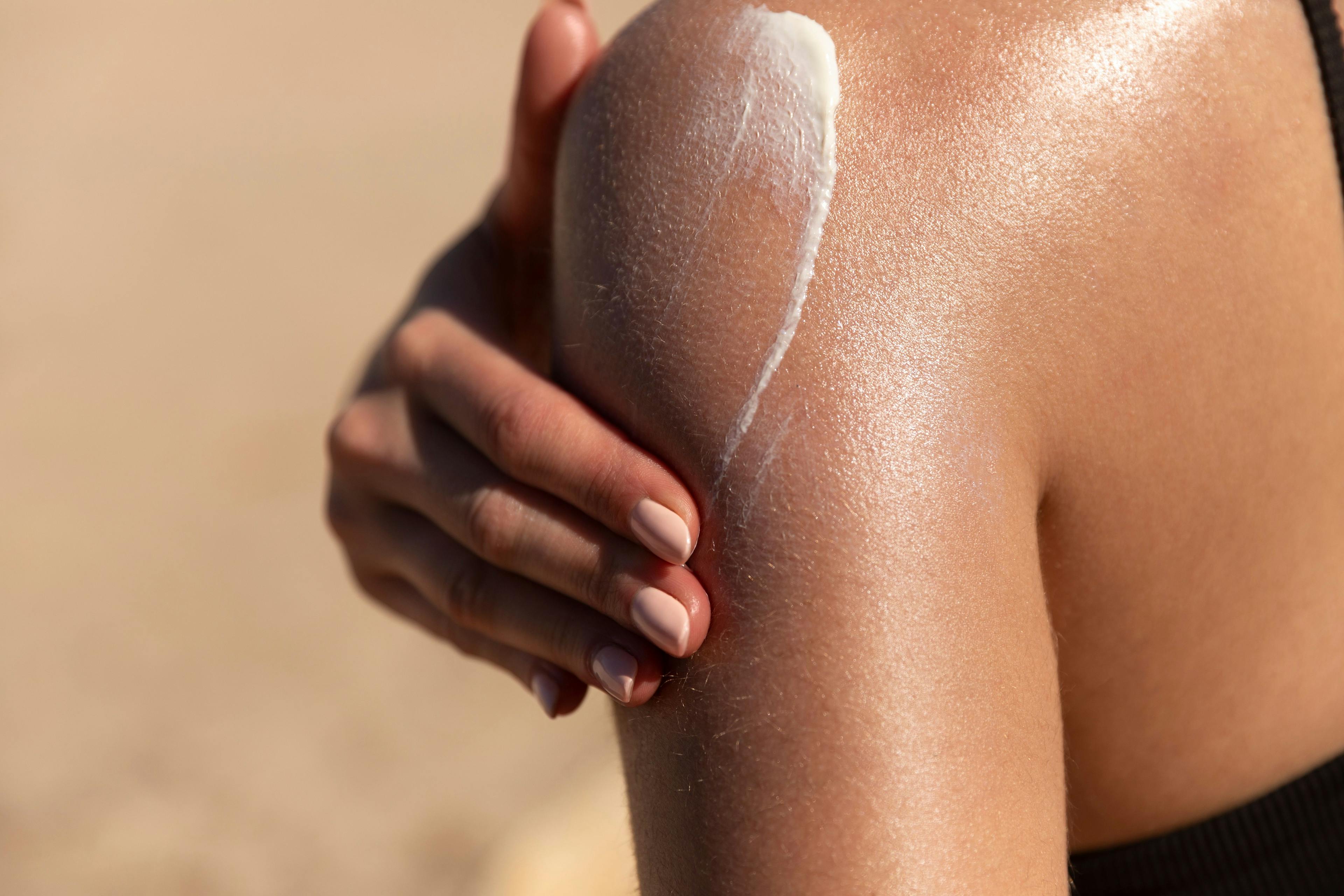- Acne
- Actinic Keratosis
- Aesthetics
- Alopecia
- Atopic Dermatitis
- Buy-and-Bill
- COVID-19
- Case-Based Roundtable
- Chronic Hand Eczema
- Drug Watch
- Eczema
- General Dermatology
- Hidradenitis Suppurativa
- Melasma
- NP and PA
- Pediatric Dermatology
- Pigmentary Disorders
- Practice Management
- Precision Medicine and Biologics
- Prurigo Nodularis
- Psoriasis
- Psoriatic Arthritis
- Rare Disease
- Rosacea
- Skin Cancer
- Vitiligo
- Wound Care
Publication
Article
Dermatology Times
Discovering Dermatology Times: May 2023
Author(s):
Learn more about the in-depth topics covered in the May 2023 issue of Dermatology Times®.
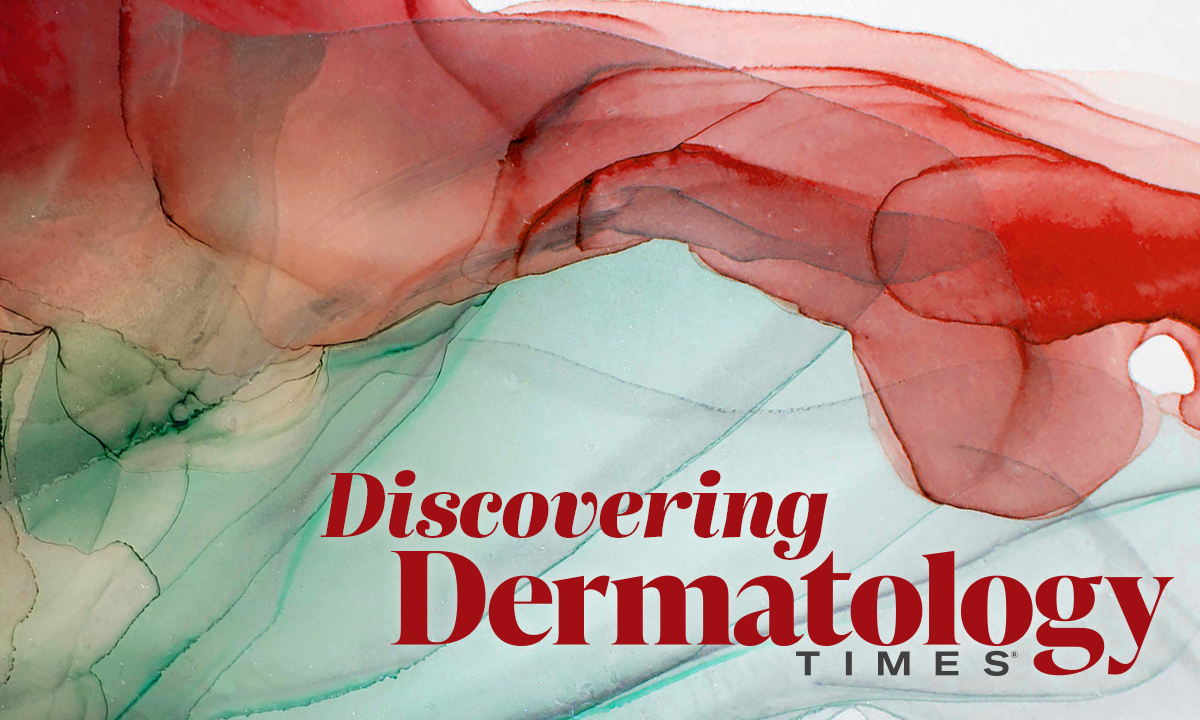
The May issue of Dermatology Times® includes a collection of thought-provoking articles and topics ranging from skin care innovations from AAD to the increased risk of atopic dermatitis in high-traffic areas. Be sure to take a look at the highlights from the issue below. Also, don’t miss a moment of Dermatology Times by signing up for our eNewsletters and subscribing to receive the print issue each month.
Innovative Skin Care Pearls From AAD
Dermatologists are consulted every day on their recommendations for the latest skin care innovations and what they can do for their patients. In Dermatology Times’ most recent Expert Perspectives series, Hot Topics in Skin Care in 2023, skin care experts met at the 2023 American Academy of Dermatology (AAD) Annual Meeting to discuss their best treatment pearls. Joshua Zeichner, MD; Amy McMichael, MD; Patricia Farris, MD; and Ted Lain, MD, MBA, reviewed prescription and over-the-counter (OTC) acne treatments, skin renewal, photoprotection in patients with skin of color, and next-generation cleansing technologies.
“Acne is so much more than skin deep. We know that it has a significant psychosocial impact, influencing how people feel about themselves, performance in school, performance in the workplace, [and] even development of interpersonal relationships,” said Zeichner, an associate professor of dermatology at Mount Sinai Hospital in New York, New York. Treating acne at each stage of a patient’s life may require regimen adjustments to adequately address the patient’s concerns and quality of life to achieve treatment efficacy
Preparing Patients for the Summer Sun: Derms Debunk 5 Sunscreen Myths
As the countdown to summer begins, so does the mountain of questions from patients about safe and effective sun protection products and strategies. Because these conversations may be difficult, Dermatology Times invited leading clinicians to support you as you support your patients. Patients often present with misconceptions about sunscreen and sun exposure from social media, the internet, or other unreliable resources. As such, it is important to discuss these issues and help better educate patients.
Myth #1
Sunscreen is carcinogenic.
Bunick encourages clinicians to remind patients that the sunscreen itself protects individuals from skin cancer via UV damage that leads to basal cell, squamous cell, and melanoma cancers.
In May 2021, Valisure, an independent laboratory assessing product quality assurance within the health care industry, found 78 sunscreen and after-sun care products that contained high levels of benzene, a known carcinogen, as a result of the manufacturing process of aerosolized cans. Bunick, who has closely followed the benzene issue, works to educate colleagues and consumers about the long-term adverse effects of benzene and what the future may hold.
Expanding Ethnic Hair Care
Tightly coiled hair differs in important ways from straight hair and requires appropriate care to achieve its optimal appearance. In general, Afro-textured hair is more fragile than Caucasian hair and requires special care when being groomed and styled. In this month’s Cosmetic Conundrums column, learn more about solutions for ethnic hair care.
Lanthionization, the chemical straightening of hair, uses metal hydroxides of sodium, potassium, or guanidine to covert 35% of the amino acid cysteine into lanthionine. This process destroys the disulfide bonds that are the structural backbone of the hair shaft and forms lanthionine cross linkages between the protein chains. The hair is pulled straight, and the internal structure of the hair shaft is permanently rearranged.
Exposure to Heavy Traffic Affects Risk of Atopic Dermatitis
Living at least 1000 meters from high-traffic roadways can decrease a patient’s odds of developing atopic dermatitis (AD) by 26.1%, according to results of a new study.
Researchers from National Jewish Health in Denver, Colorado, conducted the 13-year retrospective chart review. The results were published in February in the Journal of Allergy and Clinical Immunology.
The study reviewed the clinical association between more than 14,000 pediatric patients living in the Denver area and their proximity to major roadways. Patients meeting diagnostic criteria and codes for AD (n = 7384) were measured and compared with a control group of pediatric patients without AD (n = 7241).
Researchers also factored in distance by using geocoded coordinates of patients’ residential addresses. These coordinates were used to determine the distance of a patient’s permanent address from high-traffic roadways, which researchers defined as roads with daily traffic of more than 10,000 vehicles. These roads were identified through traffic data from the Colorado Department of Transportation.
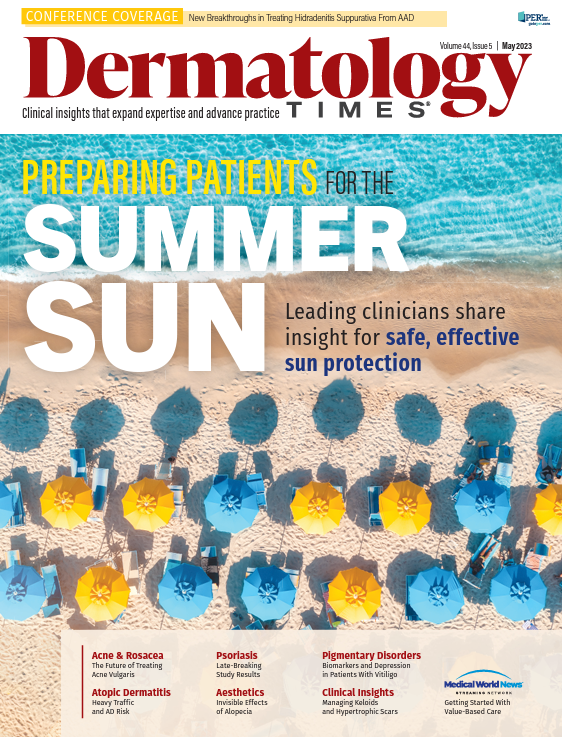
Newsletter
Like what you’re reading? Subscribe to Dermatology Times for weekly updates on therapies, innovations, and real-world practice tips.




